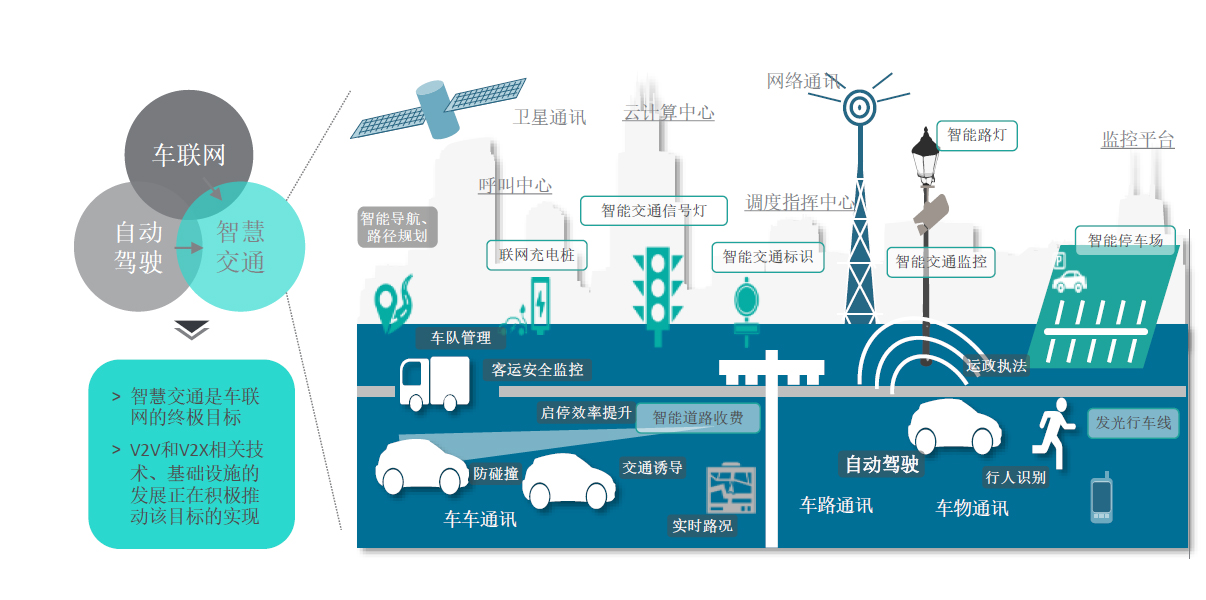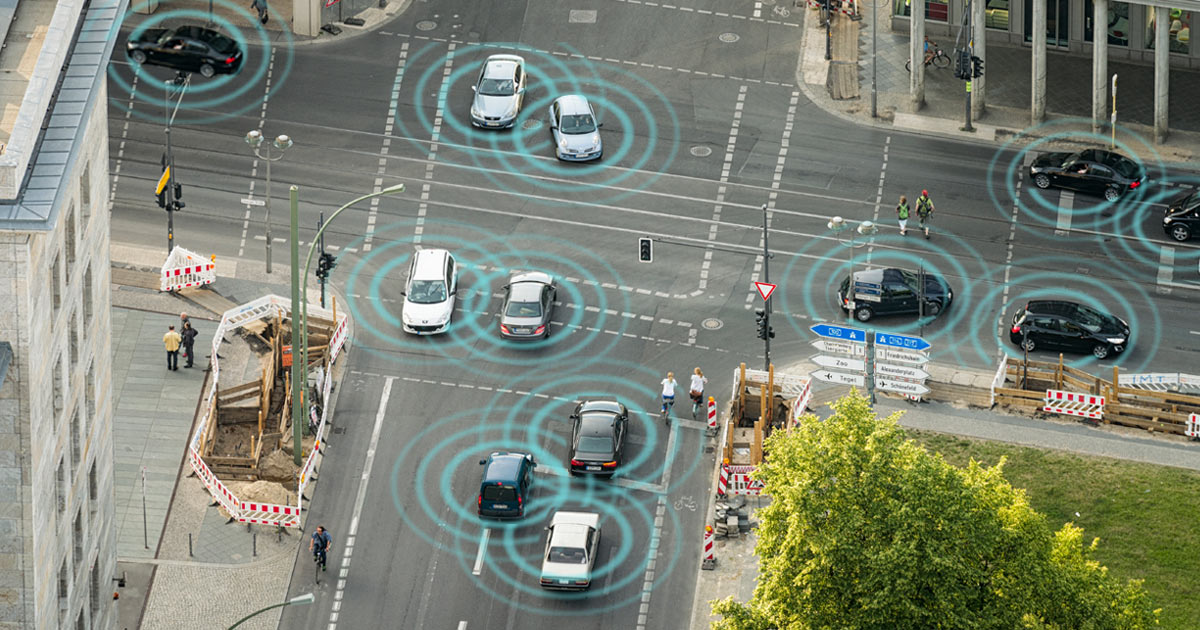
Smart Vehicle networking
The two connotations of the development stage of v2c man-vehicle interaction are the digitization of man-machine interface and the diversification of application based on the data service related to the bicycle. The v2v vehicle-vehicle interaction is mainly based on the development of sensor technology and vehicle-vehicle communication technology, and can be applied to avoid collision. The premise of self-driving is to prevent rear-end and caravan, and the final development stage of vehicle networking is the interconnection between cars and everything, which belongs to the component of intelligent transportation system (its).
Vehicle-to-vehicle communication is promising a massive shift in making driving safer
ith things like Bluetooth, sensors, cameras and even satellite radio becoming commonplace in today’s modern car, our vehicles are already ultra connected. But what if cars themselves were connected to each other? That’s the idea behind technology referred to as vehicle-to-vehicle (V2V) and vehicle-to-infrastructure (V2I) communication.
The new technologies would enable cars to send drivers alerts for such things as a chain-reaction collision a few cars up the road, someone about to drive through a red light, braking vehicles ahead and vehicles in blind spots—real-time, anonymous, information about other cars and the environment around them.
No other technology in the last 50 years has been as compelling for car safety as V2V technology. The last one as revolutionary as this was seatbelts
John Maddox, University of Michigan’s Transportation Research Institute
